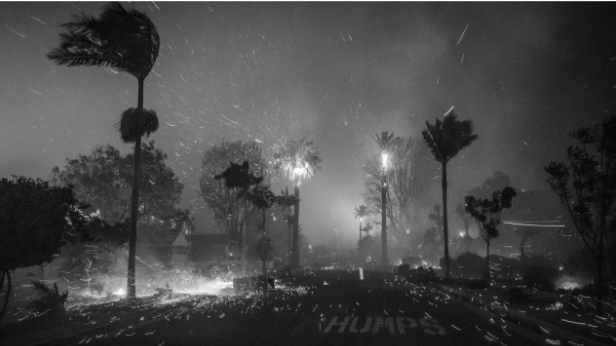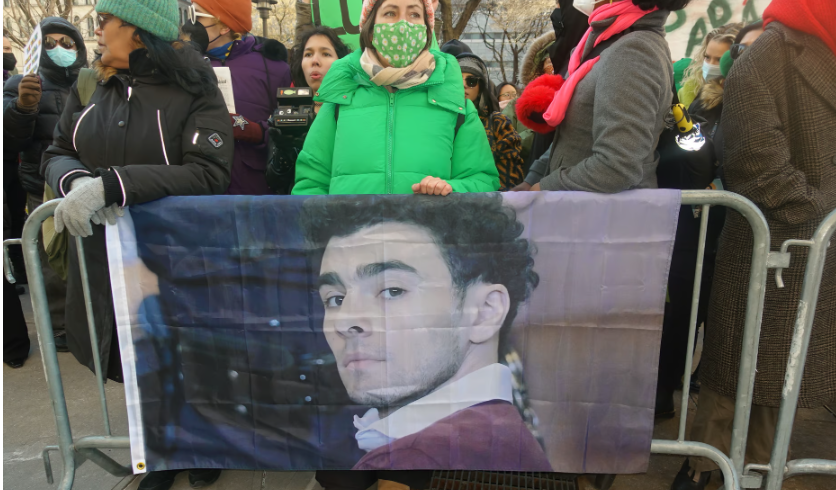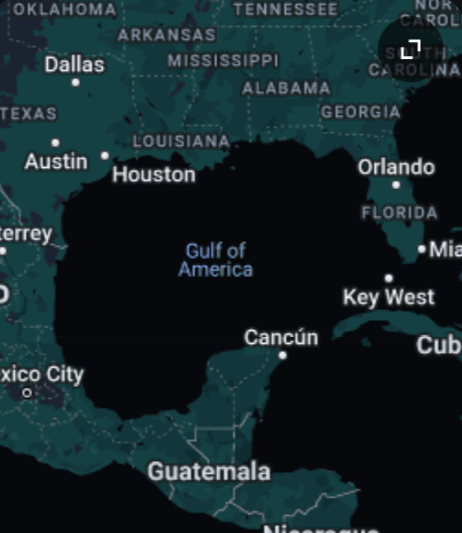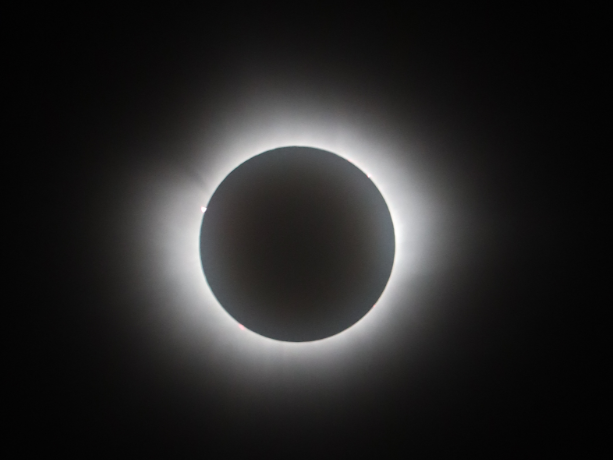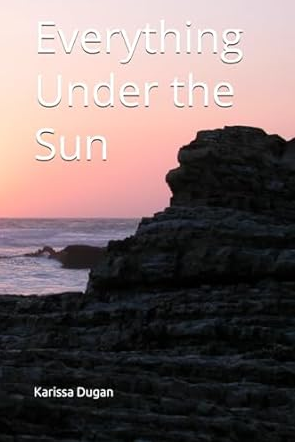Spring bringing change to the year
April 22, 2021
- The first day of spring fluctuates from March 20 to the 21, depending on arrival of the spring equinox. Farmers Almanac explains that vernal (spring) is translated to “fresh” and “new” and equinox is from the Latin word aequus (equal) and nox (night). The meaning behind this is that the daylight hours are starting to overtake the nighttime hours of winter. Instead of the day consisting mostly of the dark, daylight savings has evened it out so that there is equal day to night, meaning the sun is out later in the night instead of slipping below the horizon by 5 p.m.
- Spring in the Northern Hemisphere is Autumn in the Southern Hemisphere.
- According to Scientific American, spring fever is a real phenomenon.
- On the first day of spring, the North Pole starts its six months of uninterrupted daylight while the South Pole starts its six months of uninterrupted darkness. This is because Earth is at the Sun’s horizon due to the tilt of the axis so the sun never “sets” for that time period. The South Pole experiences the opposite, the sun never “rises” for the six months that the Earth is below the sun’s horizon, explains Target Kicker.
- According to Mental Floss, the change in seasons is never the exact same date every year because Earth doesn’t take exactly 365 days to rotate around the sun. The closeness of the hemisphere to the sun is what depicts the change in seasons, which is why spring can range from March 20-21 every year and the same for other seasons.
- Easter Sunday is decided by the full moon! Easter always falls on the first sunday following the full moon on or after spring equinox, states Almanac.
- Some holidays celebrated in spring are Easter, Passover, April Fools Day, Earth Day, Arbor Day, Mothers and Fathers Day, Cinco De Mayo, and Memorial Day (despite being seen as the first day of summer, the season actually doesn’t start until June 20-21.)
- Springtime allergies start to pick back up with the blooming of flowers, plants, and leaves! Pollen is released from trees, grasses, and weeds to help fertilize other plants. The pollen gets into people’s systems and the body mistakes it as dangerous and releases histamine which causes bodies to react with runny noses, itchy eyes, and other things according to Webmd.
